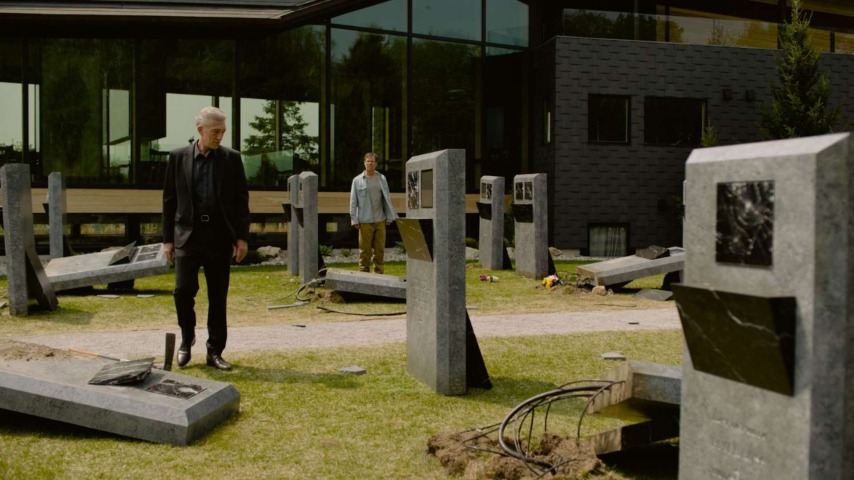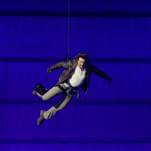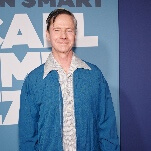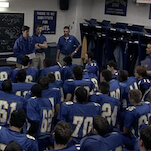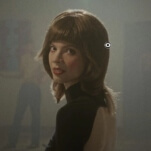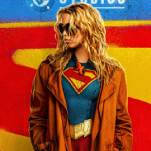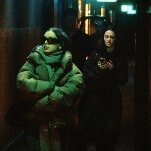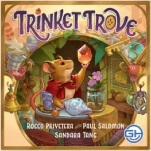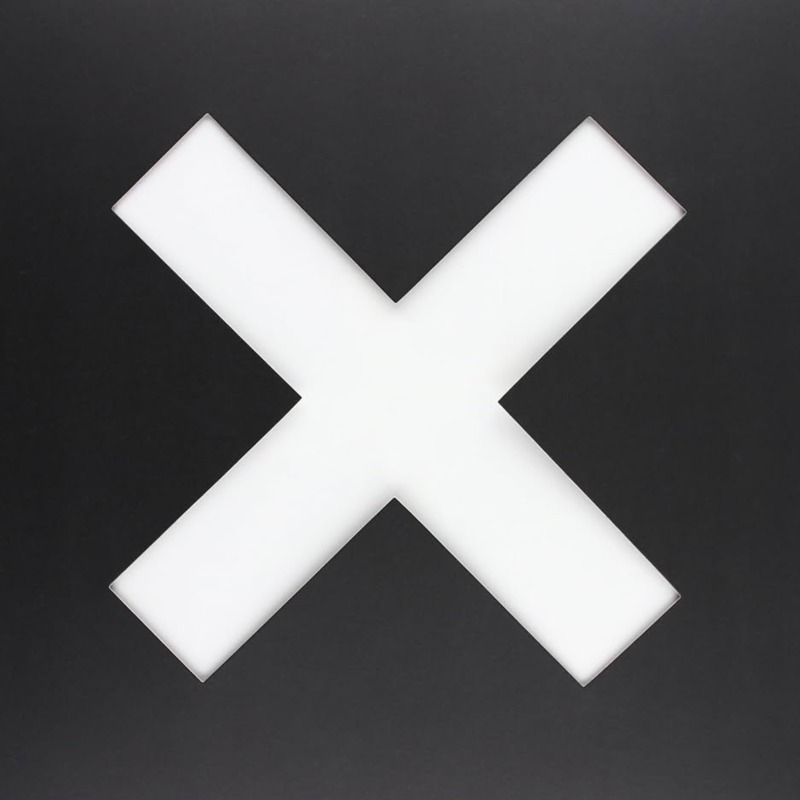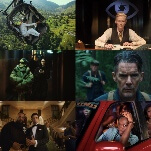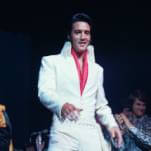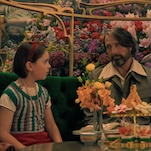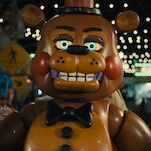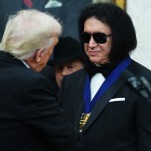While North American horror in the 1970s tended to either dig up supernatural evils (The Exorcist) or dive into the decade’s societal decay (The Texas Chain Saw Massacre), Cronenberg was obsessed with the terrors of the modern, emerging world. His first two films Stereo (Tile 3B Of A CAEE Educational Mosaic) and Crimes Of The Future (whose title would be reapplied to his otherwise unrelated 2022 film), concern themselves with fictional research institutions (the Canadian Academy Of Erotic Inquiry and House Of Skin, respectively), made on the cheap by shooting at modernist university locations. Both films favor narration over dialogue, and work less as stories than mouthpieces for psychological and physiological ruminations.
These near-to-the-real-world works, with light science-fiction twists and confident philosophical ramblings, are reminiscent of the New Wave works of J.G. Ballard. These early films were made around the same time as Ballard’s prolific and influential period following his inclusion in Harlan Ellison’s collection Dangerous Visions and before his mainstream breakout with Empire Of The Sun. From The Atrocity Exhibition to Hello America, Ballard became the great psychogeographer of the science-fiction world, exploring how postmodern space creates human neuroses.
High-Rise, Ballard’s most famous novel of this era (aside from Crash, which Cronenberg would adapt in 1996), coincidentally came out the same year as Cronenberg’s own high-risen genre film: Shivers. Ballard’s novel is concerned with the architecture of the high-rise, and how its tiering creates a microcosm of the class divides in the outside world, with the lower floors stuffed with the most impoverished residents while the 35th houses a pool for the leisurely wealthy. In Shivers, the pool is at the bottom of the building, a confluence point for the repressed libidinal energy that is waterfalling down the structure and cascading through its residents. Both towers devolve into anarchy, with Ballard’s late-capitalist rat cage turning into a series of tribalistic barricades while the rot of the place stacks on top of itself. Rather than Ballard’s class war, Cronenberg’s high-rise is taken over by aphrodisiac parasites—created in a lab by a mad scientist looking to restore mankind’s repressed lascivious nature and transferred venereally. Both portray a conservative view of collapse, Ballard’s fearing the chaos of the masses and Cronenberg’s fearing liberated sexuality.
Yet, Cronenberg’s film can also be read conversely: an orgiastic destruction of the middle-class ideal (embodied by the aspirations of the high-rise), with that libido then flowing back out into society as a whole. While the perspective of the film is itself sexually repressed, Shivers‘ apocalypse is ambivalent—instead of being totally zombified, the parasitically possessed seem post-coitally relaxed as they get in their cars to re-enter society. The inhabitants seem relieved not because the terrifying and violent sexual anarchy is over, but because it happened in the first place. And while the parasites in Shivers have bodily connotations, their metaphor relies not on how they physically transform their subjects but how they shape their mentality. Focusing specifically on the body horror would make Shivers seem like an understated work in Cronenberg’s oeuvre, but it remains one of his most sociologically pointed. Like the host bodies in Shivers, New Wave sci-fi is not a focus in and of itself, but a tool for exploration.
Shivers can be seen as a transitional film, where the first inklings of Cronenberg’s bodily transformations are birthed, growing into vampiric orifices in Rabid, horrific conceptions in The Brood, or even body-machine fusions in his for-hire film Fast Company. However, the moment that the burgeoning Cronenberg becomes the Cronenberg of the popular imagination is early in Scanners, when Michael Ironside’s character explodes a man’s head in a demonstration of his telekinetic abilities—a meaty outburst infamously created by special effects artist Chris Walas blasting the model head from behind with a shotgun. Scanners is a cool, corny movie where psychological warfare manifests in literal devastation, closer to the works of New Wave forefather Philip K. Dick than Ballard, with precognitive battles happening in nested psychological landscapes. Dick famously had trouble getting his novels about Biblical hermeneutics and religious esotericism published until he started couching his stories in science fiction. Both Ballard and Cronenberg follow in this legacy, filtering their otherwise obscure and off-putting explorations into the unconscious through genre in order to make them not necessarily more palatable, but more viscerally understandable. Horror films often take a similarly metaphorical approach; the early works of Wes Craven or John Carpenter highlight the anxieties of the ’70s middle class through their terrifying devolutions of order. This is part of the reason that Cronenberg is mistaken for being more of a horror filmmaker than he is. Despite his provocations, his narrative force rarely seems built on building dread or anxieties which can be ridden along with the audiences, but rather on exploring those anxieties psychologically—it’s another aspect of his and Ballard’s kinship.
However, Ballard is at his most “Ballardian” when he drops the veneer, and allows himself to fall fully into socio-psychological ramblings. Cronenberg, too, can be at his most Cronenbergian when he moves away from a focus on his goopy visual representations, which were always just a shorthanded metaphor for psychological effects. His early films grew into their bodily distortions, finding increasingly effective ways to engage their audiences. With his “king of body horror” label, it’s possible Cronenberg reached such heights in his sci-fi/horror explorations that he wanted to push the limits elsewhere. He dropped the pretense of genre for Crash in lieu of pure Ballardianism, and discarded his science-fiction roots entirely by playing in historic settings (M. Butterfly, A Dangerous Method) or taking a stab at crime films (A History Of Violence, Eastern Promises). What these films do have in common, though, is that same commonality that Cronenberg always had with Ballard: an interest in explicating psychology—be that through the mind’s interaction with physical space or its own internal psychosis.
In the genre sense, Cosmopolis was a return to form for Cronenberg. He embraces the lightly sci-fi-tinged novella by Don DeLillo and gives in totally to his stilted tendencies, as alien dialogue dances around mankind’s repressed impulses. Crimes Of The Future is often heralded even more so as a return than the maligned Cosmopolis, specifically because it takes on Cronenberg’s signature bodily distortions head-on. It also seems to prod at the way imitators miss the underlying explorations in his work, with characters commenting on the performativity of some of the body art seen in the film.
But The Shrouds goes even farther into Cronenberg’s sci-fi leanings than these films, stripping itself of any obvious societal collapse and instead placing itself in a cold, disconnected present where the film’s conspiracy plot happens entirely off-screen. There is nothing to distract viewers from Cronenberg’s explicit philosophizing, stripping his style back to the odd minimalism of Stereo and the original Crimes Of The Future. It’s a deceptively simple work of science fiction, the kind that can only come from a director who has spent his career working in metaphors, and who instead chooses to explore the end through the most direct, stripped-down guise of genre that he can.
